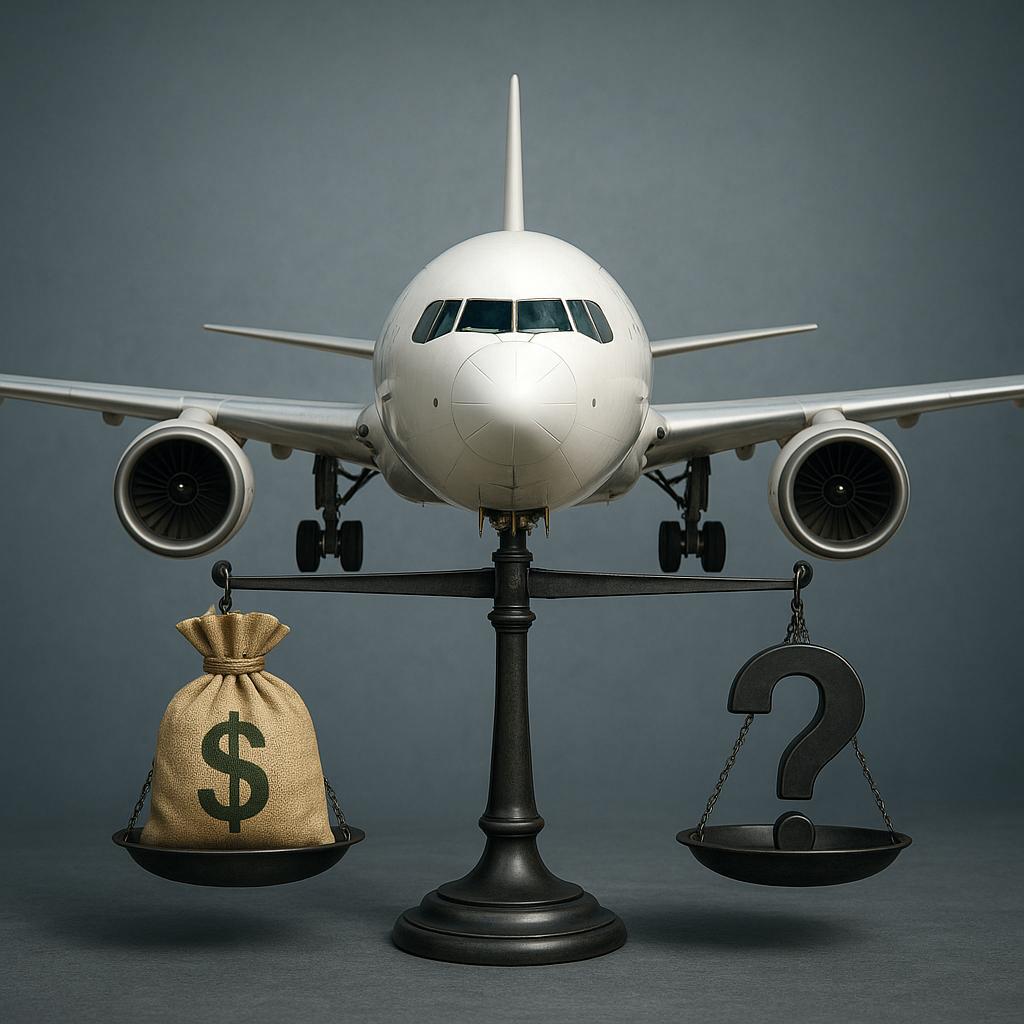If you’ve ever opened ten browser tabs just to watch the same flight bounce around like a ping pong ball, you’re not alone. One minute it’s $243, the next it’s $387, then $293. It feels random. Maybe even a little personal.
But here’s the thing: flight pricing isn’t magic. It’s math. Data. Algorithms. And while airline pricing models are notoriously complex (and intentionally murky), there is a method to the madness and a few myths that need to be put to rest.
So grab your lab coat, or your carry-on, and let’s break it down.
What Actually Influences Flight Prices
1. Demand and Supply, in Real Time
Airlines don’t set one price and walk away. They use dynamic pricing, which adjusts fares constantly based on how many seats are left and how many people seem interested in buying. It’s like surge pricing, but sneakier.
If a flight starts to fill up faster than expected, the fare goes up. If it’s sitting half-empty with a week to go, prices may drop to fill seats. Simple supply and demand—but on caffeine and steroids.
2. Booking Window (But Not How You Think)
You’ve probably heard there’s a “best time” to book… like, 52 days before departure. That’s kind of true, kind of myth. Airlines release seats at various fare classes. As those cheaper fare buckets sell out, prices rise.
Generally speaking:
- Domestic flights: Book 1 to 3 months out
- International: 2 to 6 months out
Too early and you might catch premium pricing. Too late and you might miss the cheaper fare buckets. The sweet spot isn’t a fixed number of days, it depends on the route, time of year, and the airline’s forecast.
3. Time of Year, Day of Week, and Even Time of Day
Airfare behaves differently during peak travel seasons. Think holidays, summer, and the weeks around major events. If you’re planning a team offsite in Miami the same week as Art Basel, yeah, your flights will cost more.
But also: the day you fly can affect cost. Tuesdays and Wednesdays are often cheaper than Fridays and Sundays. And flights at less “convenient” times, early morning, red-eyes tend to be more budget-friendly.
What Doesn’t Influence Flight Prices (Despite the Rumors)
1. Incognito Mode
Let’s put this one to bed. The idea that airlines raise prices because you keep checking the same route? Not true. Airlines and booking sites don’t price flights based on your cookies or browsing history…. At least not yet
If prices go up while you’re looking, it’s likely because someone else bought a ticket in that fare class, or the airline adjusted pricing based on broader demand signals. Not because they’re watching your laptop.
2. Booking on Tuesdays at 1:00 PM
You’ve heard it: “The best deals drop Tuesday afternoon!” This one started back when airlines used to release deals on a fixed schedule. That’s mostly gone now. Fare changes happen 24/7.
Instead of chasing the clock, your best bet is to track fares over time and book when you see a dip.
3. More Tabs = Higher Prices
Nope. Opening 12 tabs won’t make your flights more expensive. It might make your brain melt a little, but it won’t change airline pricing. The changes you’re seeing are real-time fare updates, same as everyone else.
So How Do You Actually Get the Best Prices?
Let’s get practical.
Use Flight Alerts
Tools like Google Flights, Hopper, and Skyscanner let you track flight prices and alert you when they drop. These platforms don’t book tickets, but they’re great for watching trends.
Be Flexible (if you can)
Even shifting your trip by a day or two can make a huge difference. Look at the “calendar view” in Google Flights or Kayak to see how fares compare day to day.
Consider Alternate Airports
Flying into Oakland instead of SFO, or Newark instead of JFK, can sometimes shave hundreds off the total price—especially for larger groups.
Book Direct (or at Least Compare)
Once you find a fare on an aggregator, check the airline’s own site. Some airlines (like Southwest) don’t even appear on third-party platforms. And booking directly can give you better support if plans change.
Group Travel? Coordinate Before You Book
If you’re planning for a team, don’t start buying tickets before you’ve nailed down who’s going, when, and from where. One person flying from Denver on a Wednesday is cheap. Ten people from five cities on overlapping schedules? That’s a different beast.
This is exactly why we built Vamos: to help teams align before booking. A little coordination upfront can save a lot of money (and headaches) later.
TLDR: Be Smart, Not Superstitious
Flight pricing is complex, but not random. The more you understand the variables, timing, demand, routing… the better equipped you are to find a good fare. Don’t fall for the myths. Do use the tools. And whenever possible, plan early, plan together, and don’t let airfare drama kill your retreat buzz.
Want more travel planning tips? Hit up the blog at www.govamos.io/blog. Or better yet, let’s help plan your next trip the right way.


Leave a Reply